6 Axix Articulated Robot
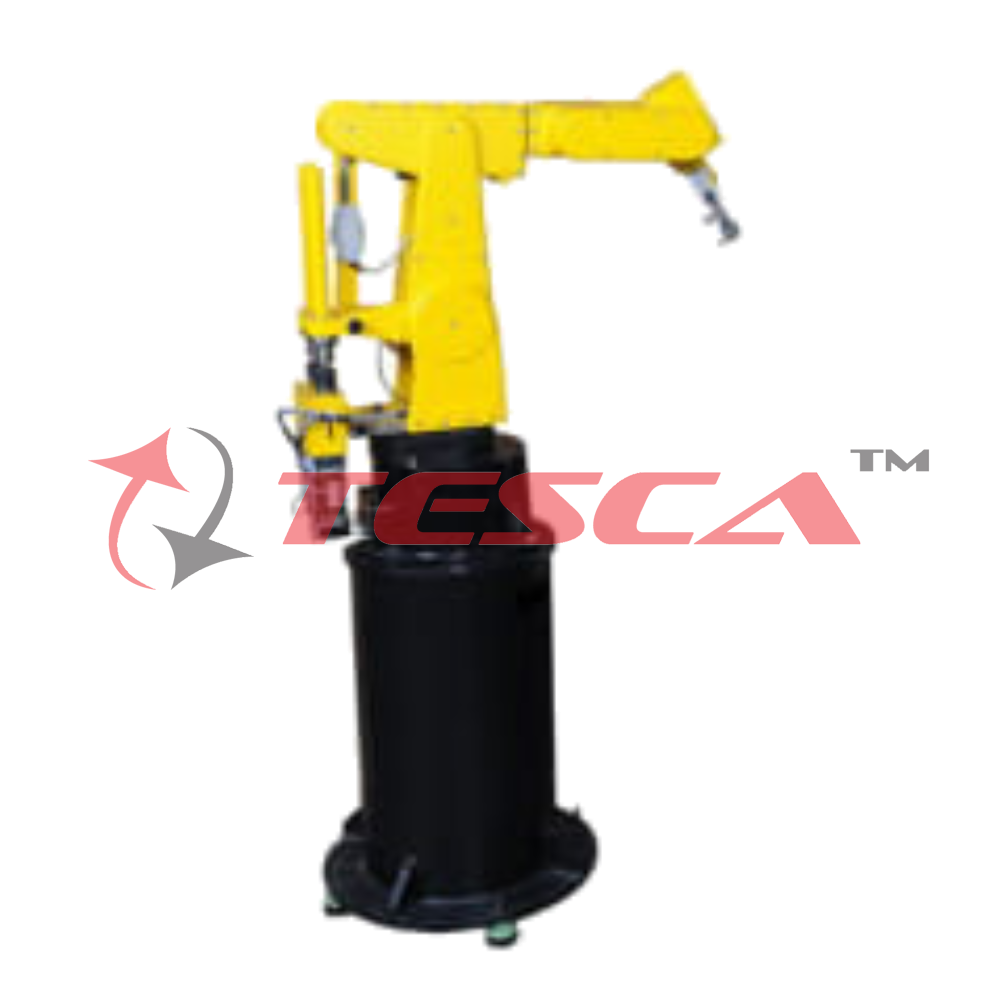
Order Code: 54023
Category: Mechatronics/ Robotics/ CNC Lab
54023 is a 6 axis vertically articulated robotic arm. It is designed to perform industrial applications such as pick and place, assembly, machine tending, etc. The robot is capable of lifting up to 3kg (max) of payload. The robot can be used with pne...
SPECIFICATION
54023 is a 6 axis vertically articulated robotic arm. It is designed to perform industrial applications such as pick and place, assembly, machine tending, etc. The robot is capable of lifting up to 3kg (max) of payload. The robot can be used with pneumatic gripper and optional vacuum gripper. Tesca has also won the Defence Technology Spin Off award from Ministry of Defence.
The robot is driven by servo motors on all axes. It comes with a pedestal with integrated control that allows for compact installation.
Objective
Training and control of an articulated robot for broad rationale applications or special purpose application thru Jog (Teach method) as well as Auto mode control for Fatigue tasks. Discern & understand the DC motors, gripper’s functionality & control methodology.
Learning Objectives:
Having successfully completed this lab, the student will demonstrate knowledge in
- Study of Classification of robots
- Study of kinematics of robot
- Programming techniques
- Application of robot
- control aspects of various Driving system (DC Servo Motors)
- Understanding of robot inter-joints, kinematics and control methodology.
- Demonstrate knowledge in the control system of robot
- Demonstrate knowledge in the operating industrial robots.
- Learn about the maintenance of these systems
|
SPECIFICATIONS |
|
|
Payload |
2.5 kg |
|
Tip Speed |
0.2 m/sec |
|
Repeatability |
+ / - 0.3 mm |
|
Resolution |
0.1 degrees |
|
Mechanical: |
|
|
Configuration |
Vertical Articulated Five-bar linkage |
|
No. of Axes
|
6 (3 axes waist-shoulder-elbow manipulator with 3 axes Roll-Pitch- Roll spherical wrist) |
|
Horizontal Reach |
170-640 mm |
|
Vertical Reach |
420 mm |
|
Link 1 |
300 mm |
|
Link 2 |
400 mm |
|
Joint Actuators |
DC Servo geared motors |
|
Transmission
|
Joint 1 : Spur gear Train Joint 2 & 3 : Ball screw Joint 4,5 & 6 : Belt Drive |
|
Gravity Compensation |
100% (Non-back drivable ball screw) |
|
Position Feedback |
Optical Encoder (HP 2 phase 500 ppr) |
|
Gripper |
"Pneumatic (20deg angular opening= approx. 40mm). OPTION: Vacuum Gripper” |
|
Joint Motion Manipulator |
|
|
Waist |
340 degrees |
|
Shoulder |
45 degrees |
|
Elbow |
45 degrees |
|
Wrist |
|
|
Roll |
340 degrees |
|
Pitch |
180 degrees |
|
Roll |
340 degrees |
|
Controller / Software |
|
|
Controller |
PC based with dedicated motion controller. |
|
Software |
M-Robot |
|
Sensors (Manipulator): |
Datum Home sensors and software limits for each axis. |
|
Teaching:
|
Off-line Joint-space programming Co-ordinate space programming |
|
Path Type: |
Point-to-point Linear & Circular Interpolation path |
|
Communication: |
Ethernet |
|
Accessories & Input / Output Inputs/Outputs (Optional)" |
"8 digital inputs and outputs (NPN Type) 16 digital
|
|
Power Supply |
110/230 V AC, 50/60 Hz |
|
Robot Arm Weight |
35 kg |
|
Robot Arm Size |
690 x 280 x 750 mm Base with Controller |
|
Weight |
65 kg |
|
Base with Controller Size |
420 x 330 x 580 mm |
Optional Robot Application Experimental Kits:
- Robot Experiment Table: A specially designed table to allow robot access to complete multiple experiments.
- Machine Loading &Unloading - Pneumatic Vise : An experiment module that includes a pneumatic vise to demonstrate how the robot can be programmed to load & unload components in milling machines. "
- Machine Loading &Unloading - Pneumatic Chuck : An experiment module that includes a pneumatic chuck to demonstrate how the robot can be programmed to load & unload components in a lathe. "
- Pick & Place (Vertical Stacking 8 objects, Horizontal Palletizing(5X3) An experiment module to demonstrate pick and place operations by the robot. It consists of a pallet and objects for stacking. The robot can be programmed for various stacking patterns on the pallet."
- Assembly & Dismantling (Bearing Assembly to Shaft/gear) An experiment module to demonstrate assembly capabilities of the robot. It consists of a bearing assembly that the robot can assemble and disassemble. "
- Gluing and Painting Experiment Kit An experiment module to demonstrate capabilities of the robot to emulate flexible operations such as gluing, painting. The kit will consist of a brush, glue and paint."
- Testing Bank of Push Button Switches An experiment module to demonstrate the capabilities of the robot in testing environment requiring repeated operation such as push button switches or keys. The kit will consist of a strip of push buttons for the robot to perform testing operations"
SET OF STANDARD OPERATION AND MAINTENANCE SPARES FOR ONE YEAR
- Belt for shoulder, Roll & Pitch : 3 Nos.
- Fuses : 10 Nos.
- Drive Card : 1 No.
- Sensors : 2 Nos.
- Motors : 2 Nos.
REQUIRED EQUIPMENT AT SITE FOR CNC MACHINES (OR) UTILITIES TO BE PROVIDED BY THE BUYER DURING COMMISSIONING, DEMONSTRATION & TRAINING
- Servo Stabilizer 2 KVA, Single Phase – 1 no.
- Compressor - 100 Litre tank Capacity, 8 to 10 Bar (100 – psi) – 1 no.
- Desktop computer on network
- Operating System : Windows 7 Professional or higher
- Processor: Intel 2,8 GHz or higher, RAM : at least 4 GB
- Graphic Card : NVIDIA GeForce at least 1 GB or equivalent
- Two free USB ports
- 1 DVD Drive for software installation,
- Recommended: 19” TFT Monitor
Training Skills–
- Introduction to Robot programming & Driving system
- Interpret of robot inter-joints, kinematics and control methodology
- Learn about Online programming techniques
- Robot Programming techniques
- Programming using Joint control or Cartesian control.
- Easy Teach thru approach using diverse commands.
- Programming using Lead through & Teach method.
- Merits & demerits of each programming type based on application.
- Interfacing & Communication
- Discern about interfacing & setting for control system.
- To and Fro communicable with External environment for FMS/CIM applications.
- Maintenance perspective
- Learn about the Systematic approach to troubleshooting of axes, sensors etc.
- Learn about the risk of flawed/ unsafe programming and corrective methods
- Trouble shooting & safeguarding
- Learn about the Possibility of Faulty programming and corrective methods.
- Learn about the Systematic approach to troubleshooting of joints/actuators.
Experiments –
- Program for stacking the objects in the palletizer using any programming method.
- Program for gluing operation on a fixture using any programming method.
- Program for perform a spray painting operation using any programming method.
- Program for perform a polishing operation using any programming method.
- Robot programming for a pick & place using joint, PTP commands in teach method.
- Program the robot using arithmetic and looping commands for simple application using joint control.
- Make the robot to flow a spline path using the SPLINE programming technique.
- Teach a robot for painting application using the joint programming in teach mode.
- Write down simple Programming with simultaneous movement
- Program a robot with loop programming with various speeds
- Program for CNC Tending (loading/unloading) in application using the joint or axial programming in Teach through method.
- Study on the merits and demerits using various programming techniques and logic. Justify it with suitable applications.
- Write down a flow control & conditional program for the robot for any suitable applications.
- Program the robot to communicate with external devices using built-in output commands.


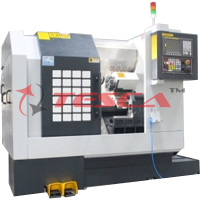
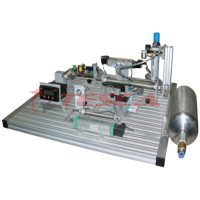
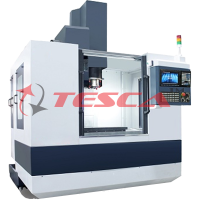
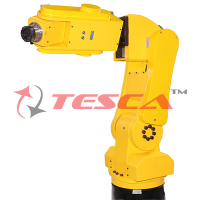
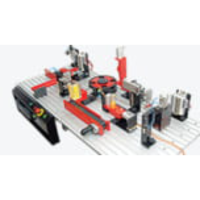

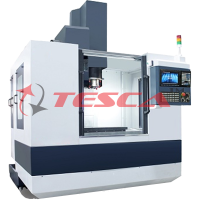
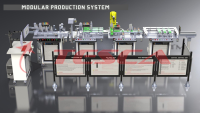

 91-9829132777
91-9829132777